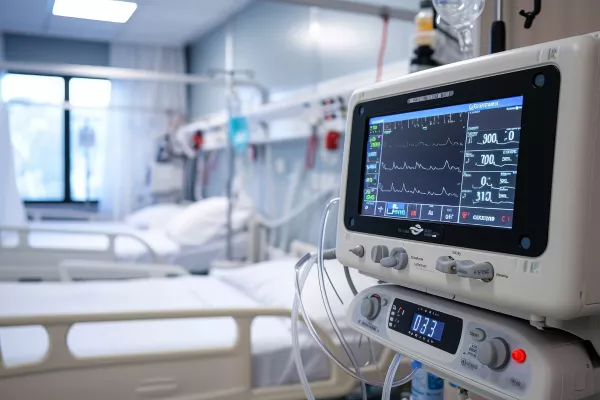Driving Excellence in Healthcare and Medical Devices with Automation Testing
14 June 2024
The medical device industry is rapidly evolving, driven by technological advancements and increasing regulatory demands. Ensuring the reliability and safety of medical device software is crucial, as any malfunction could have serious implications on patient health.

